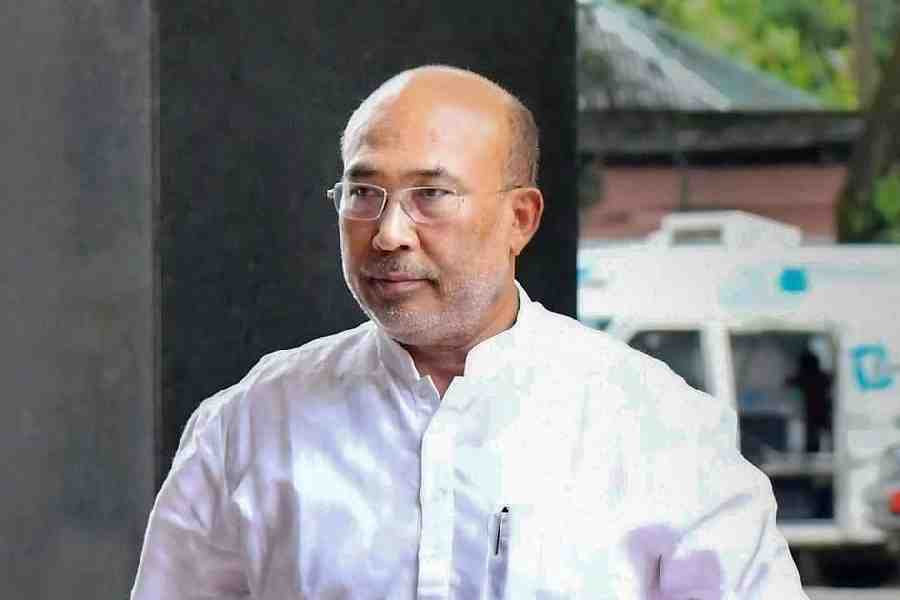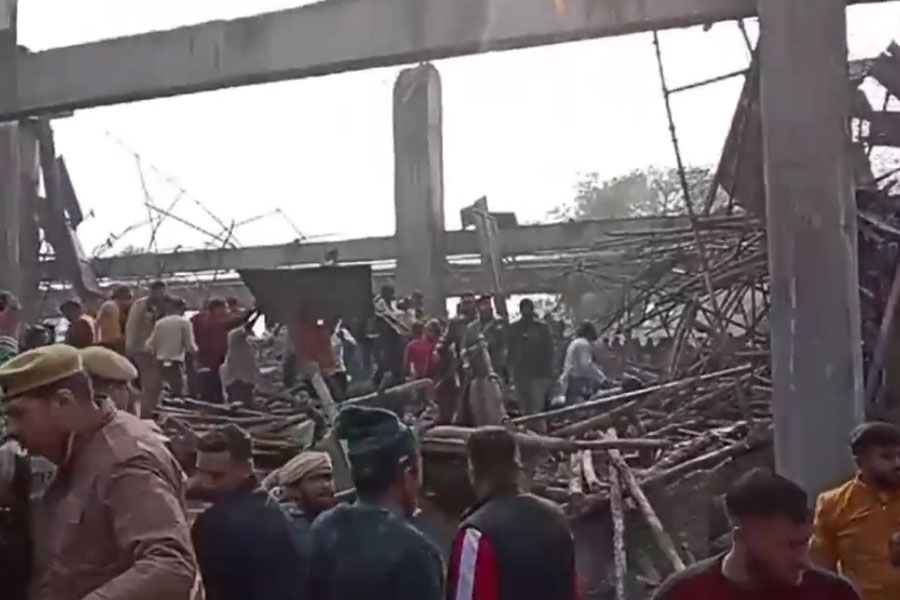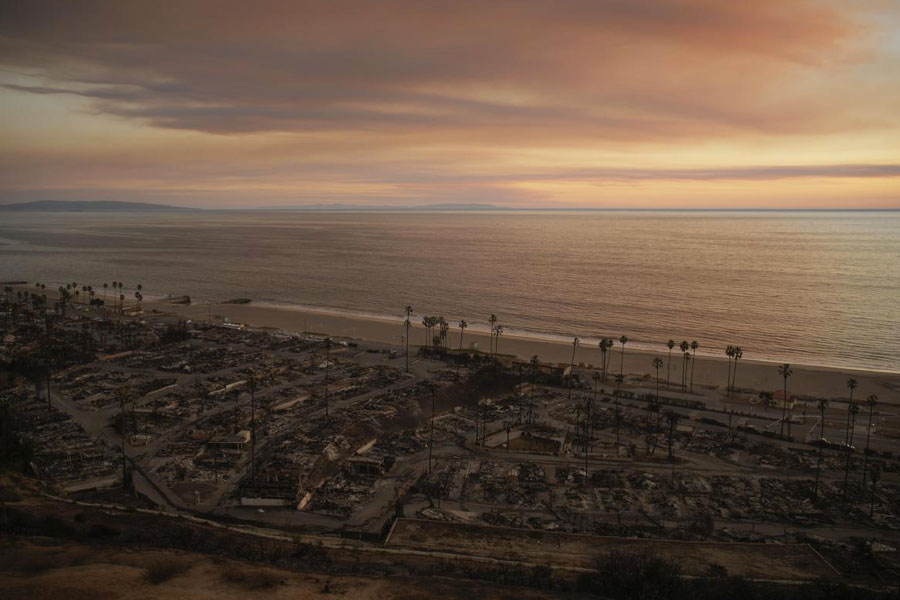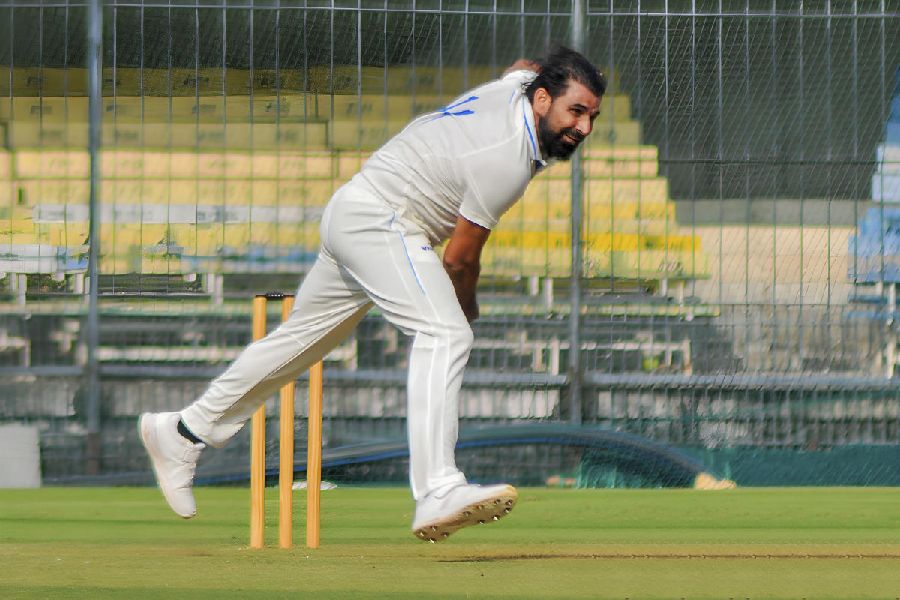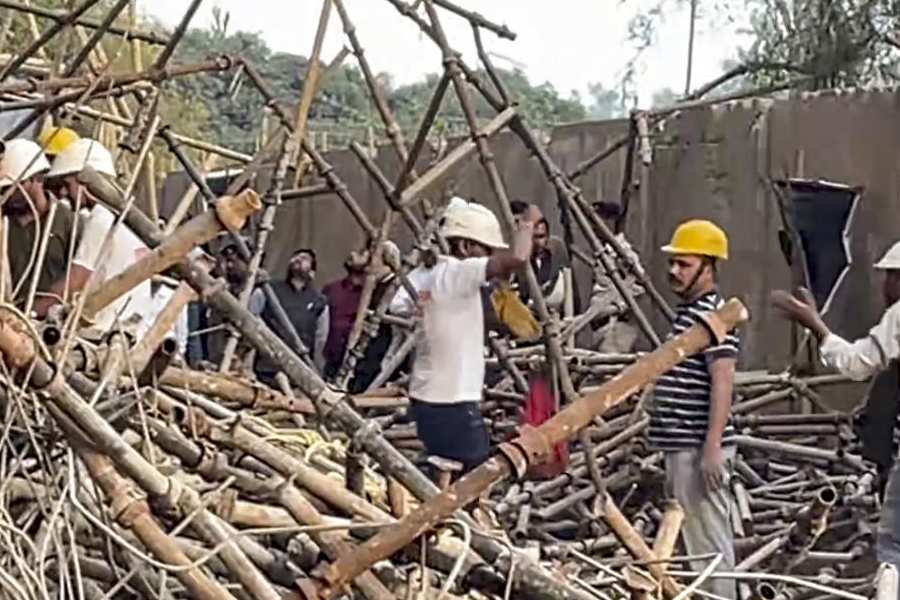Foreign minister S. Jaishankar on Thursday said the slain Indian soldiers were armed but desisted from firing during Monday’s clash with Chinese troops in keeping with agreements and “longstanding practice not to use firearms during face-offs”, prompting questions from veterans.
Jaishankar’s remark came several hours after Rahul Gandhi had asked why the Indian soldiers had been sent “unarmed” to the meeting with the Chinese, which led to a clash that killed 20 Indian troops.
Defence ministry sources had told reporters on Tuesday that the Indian soldiers had been unarmed. They had hinted there were instructions from the top brass not to carry firearms to disengagement meetings, meant to persuade the Chinese to pull back from Indian territory.
The army’s official statement on Tuesday had said there was no firing from either side during the “violent face-off” in the Galwan Valley of eastern Ladakh.
“How dare China kill our UNARMED soldiers? Why were our soldiers sent UNARMED to martyrdom?” Rahul tweeted at 9.40am on Thursday.
At 4.04pm, Jaishankar tweeted in response: “Let us get the facts straight. All troops on border duty always carry arms, especially when leaving post. Those at Galwan on 15 June did so. Longstanding practice (as per 1996 & 2005 agreements) not to use firearms during faceoffs.”
But a veteran, Lieutenant General (retired) H.S. Panag, told The Telegraph that no agreement barred soldiers from firing when their lives or posts were threatened.
“When the lives of soldiers or the security of a post or territory is threatened, the commander on the spot can use all the weapons at his disposal, including artillery,” he said.
“The (1996 and 2005) agreements say that firearms should not be carried during meetings. Protocols are advisories but soldiers can override protocols if their lives are threatened.”
Another retired general, who didn’t want to be named, asked: “Why is India’s foreign minister telling us whether the soldiers were armed? The military brass should say this as they know the truth.”
A senior security official, speaking on the condition of anonymity, too asked why the Indians had not fired — if they were armed— during what he claimed was a six-hour face-off.
“The massacre continued for six hours and our men were outnumbered. They were hunted and beaten to death,” he said.
“Why were they not allowed to violate the agreement even if it barred shooting under such circumstances? Who gave them the order not to fire?”
The 1996 and 2005 agreements, which the foreign minister has cited, mandate certain protocols to avoid escalation during face-offs along the poorly defined Line of Actual Control. The first was signed on November 29, 1996, and the second — largely a reaffirmation of the first pact— on April 11, 2005.
Article 6 of the 1996 agreement says:
- Neither side shall open fire, cause biodegradation, use hazardous chemicals, conduct blast operations or hunt with guns or explosives within 2km of the LAC. This prohibition shall not apply to routine firing activities in small arms firing ranges.
- If there is a need to conduct blast operations within 2km of the LAC as part of development activities, the other side shall be informed through diplomatic channels or by convening a border personnel meeting, preferably five days in advance.
- If border personnel from the two sides come face to face because of perceived differences on the LAC’s alignment or any other reason, they shall exercise self-restraint and take all necessary steps to avoid an escalation. They should start immediate consultations through diplomatic and other available channels.
“Article 6 of the 1996 agreement indeed!” Panag said. “These agreements apply to border management and not while dealing with a tactical military situation.”
Skirmishes had begun between Indian and Chinese soldiers on Monday afternoon, soon after inconclusive talks at the brigade commander and battalion commander levels, sources in the security establishment said.
“The situation turned violent around 5.30pm when Indian troops led by Colonel Santosh Babu tried to dismantle a makeshift Chinese tent pitched on the Indian side of the Galwan Valley,” a security official said.
He said the Indian side had at 4pm on Monday asked the Chinese to back off from Patrolling Point 14 on Indian territory and maintain status quo ante in keeping with the de-escalation agreement struck during military commander-level talks on June 6.
This led to a heated exchange, and soon the two sides were jostling and shoving.
The Chinese had pitched a makeshift tent near PP-14 on the Indian side soon after soldiers from either side were injured in a clash involving fisticuffs and stones near the Pangong Lake on May 5.
PP-14 is located 14,000 feet above the sea level, on the edge of the Galwan river’s gorge and not far from its confluence with the Shyok river.
Around 5.30pm, Col Babu, commanding officer of a battalion of the 16 Bihar Regiment, headed to PP14 to meet his Chinese counterpart to negotiate a disengagement, the sources said.
He was accompanied by around 70 soldiers from his regiment and the Punjab Regiment, another infantry regiment.
“Citing the June 6 agreement, Babu asked his Chinese counterpart to disengage. This led to another verbal duel and the Chinese troops started pushing the Indian soldiers,” the security official said.
“When Babu went ahead with his soldiers and tried to dismantle the makeshift tent, he was hit on the head with a rod. A free-for-all broke out.”
Initially, the Chinese troops were outnumbered but reinforcements arrived soon, armed with clubs, rocks and barbed-wire sticks. Now the Indians were outnumbered. The violence continued close to midnight, the security official said.
He said the Indians were on a slope above the confluence of the Galwan and Shyok. Many of them fell into the freezing water after being hit.
Since it was night, not all could be rescued. Their bodies were retrieved on Tuesday afternoon.
Tuesday’s initial army statement had mentioned the deaths of three soldiers, including an officer (Col Babu).
Later in the day, the army said: “Seventeen Indian troops who were critically injured in the line of duty at the stand-off location and exposed to sub-zero temperatures in the high altitude terrain have succumbed to their injuries, taking the total that were killed in action to 20.”





